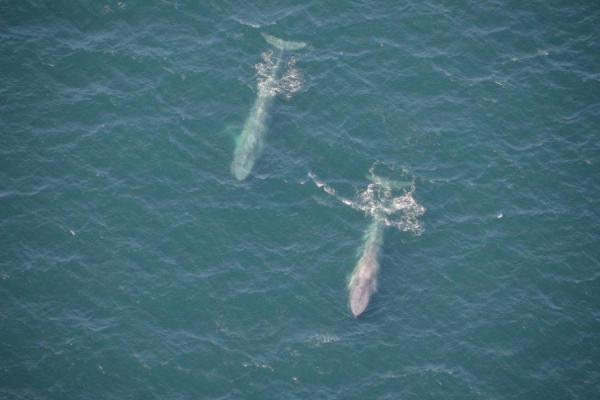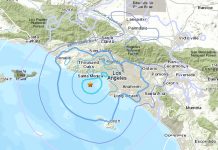
April 11 (UPI) — Whales can’t survive without communication. They rely on their communication skills to locate mates, coordinate migrations and find food.
NOAA scientists recently finished assessing the effects of ocean traffic on whale communication. According to the new study, published this week in the journal Endangered Species Research, the underwater soundscape off the coast of Southern California is a mixed bag.
Scientists hope the new data will improve conservation decisions affecting whale species that rely on low-frequency hearing and communication.
“Our research provides a framework that can be used to evaluate how shipping traffic affects acoustic environments and a tool to explore existing and future management strategies,” Jessica Redfern, a research biologist at NOAA Fisheries’ Southwest Fisheries Science Center in La Jolla, Calif., said in a news release.
Researchers compared the ranges and behavioral patterns of humpback, blue and fin whales with ship traffic data compiled by the U.S. Coast Guard. The analysis revealed noise pollution exceeding preindustrial levels in 95 percent of Southern California waters. Excessive noise was identified among important feeding grounds for all three whale species.
While scientists did find elevated noise levels in the Channel Islands National Marine Sanctuary, the protected waters did feature areas of relative solitude where ships are asked to avoid.
“Noise levels appear to be lower within some areas of the Channel Islands National Marine Sanctuary, perhaps providing some respite to whales who have to live in an increasingly noisy ocean,” said Chris Mobley, superintendent of the sanctuary. “This analysis framework will help guide our on-going effort to protect whales from direct and indirect interactions with ships.”





